Fortinet & Cybersecurity Challenges Going Into 2026
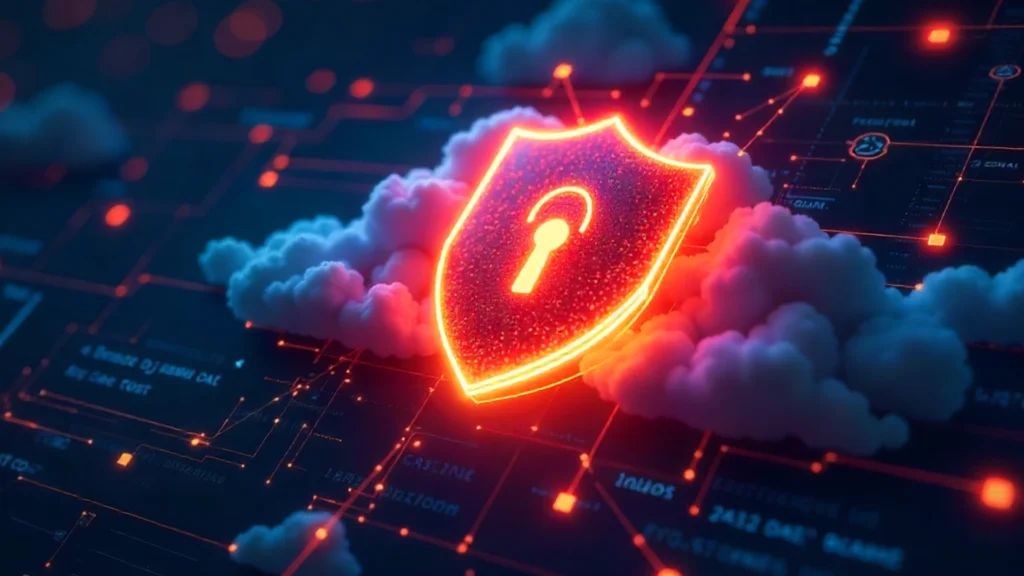
With 2026 rapidly approaching, the cybersecurity landscape has continued to evolve. Many challenges are impacting our business and Fortinet, a leader in network security, finds itself at the center of these developments. Here are a few key trends that will shape the coming year:
AI-Driven Threats
Cybercriminals are utilizing AI and automation to better enable faster and more adaptable ways of attacking. Phishing campaigns are becoming more personalized, malware is self-learning, and exploit kits are becoming automated. Fortinet faces the challenge of continually improving AI/ML-driven detection and prevention systems across products and solutions, to stay one step ahead of cybercrimes. The race is all about speed, precision, and constantly retraining our models with threat intelligence so that we can stay ahead of the bad actors.
Regulatory Pressure
Compliance pressures are increasing with the EU’s NIS2 directive, GDPR enforcement, and the forthcoming Cyber Resilience Act. Organizations will face heightened compliance burdens surrounding reporting, resilience, and supply chain security, and Fortinet will need to keep customers up to compliance-ready speed while maintaining performance and usability. Innovation combined with compliance will be a focus in 2026.
Hybrid & Multi-Cloud Security
Organizations are not limited to a single operating environment anymore. Workloads run across AWS, Azure, Google Cloud, private cloud, and on-premises infrastructure. The focus will be delivering a level of autonomy across a hybrid landscape for adopting consistent security policies without increasing complexity and reducing visibility. Fortinet’s growth is intertwined by giving organizations the autonomy to simplify management, while enabling strong and unified protections across various operating environments.
Zero Trust at Scale
The idea of Zero Trust has transitioned from a buzzword to an expectation. However, at scale within global enterprises and remote workforces and especially in OT/IoT environments it still isn’t easy. Continuing to develop integrated solutions that either minimize complexity or maximize coverage to every edge of the network is what Fortinet should be doing. The next step is making Zero Trust both possible and sustainable for real-world organizations.
Partner Ecosystem
Fortinet’s value is not just technology-based, but its partner ecosystem is also valuable. Managed service providers (MSPs) and resellers help reach silent SMEs and mid-market customers who can’t build enterprise-grade security teams. Having value and uptime is key, but also presenting white-label, scalable, and reasonable customization options is important for the partner ecosystem as well. Supporting partners in this way allows them to be equally trained, resourceful, supported, and passionate about bringing value.
The major consideration for 2026 is: How is Fortinet and the cybersecurity community going to balance innovating, meeting the regulatory demands, and establishing customer trust in a world where threats are evolving in real-time.

 Finland
Finland Germany
Germany Denmark
Denmark Sweden
Sweden Italy
Italy Netherlands
Netherlands Norway
Norway 

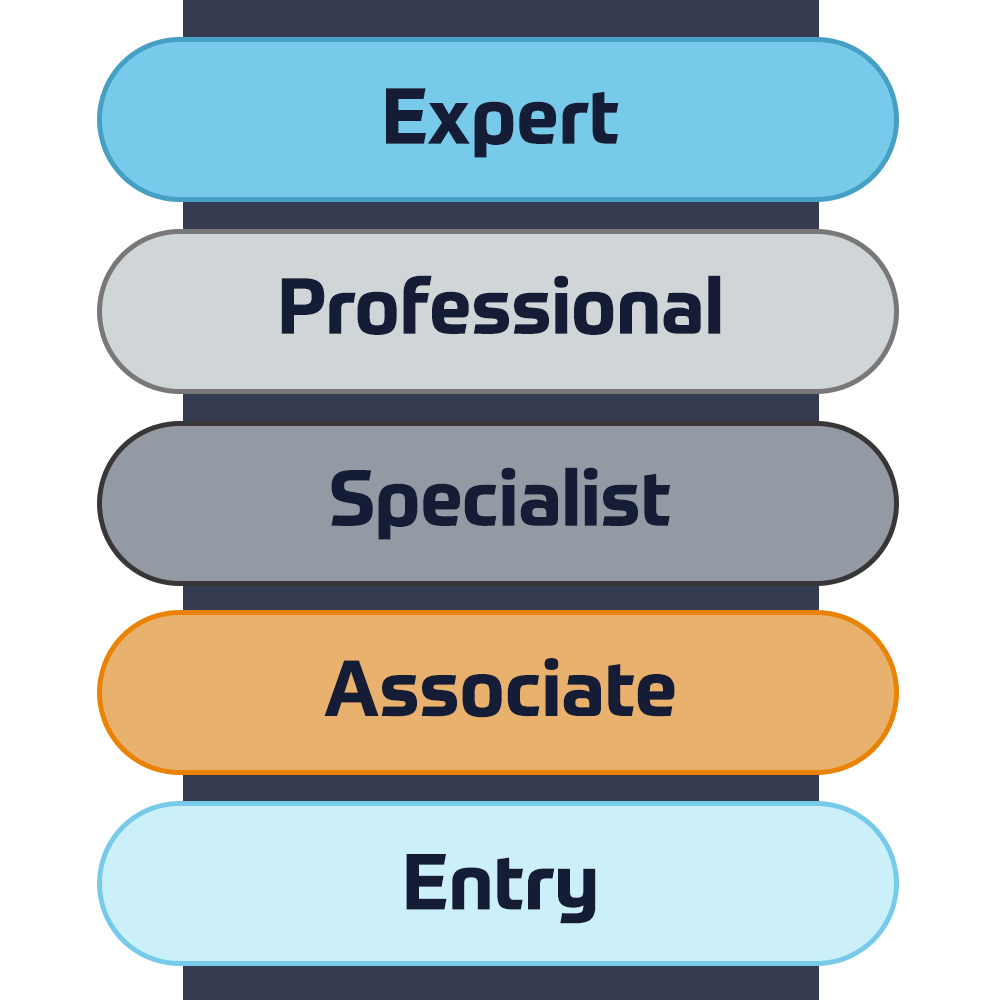

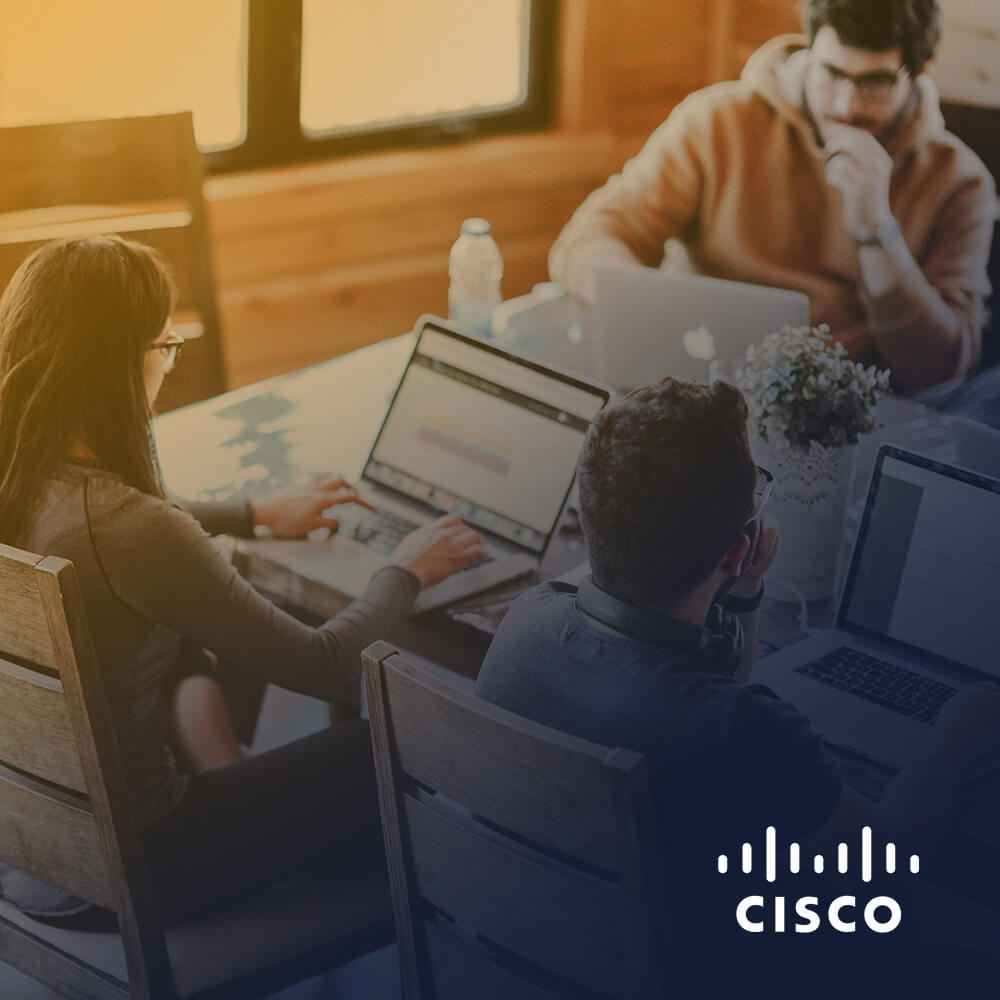


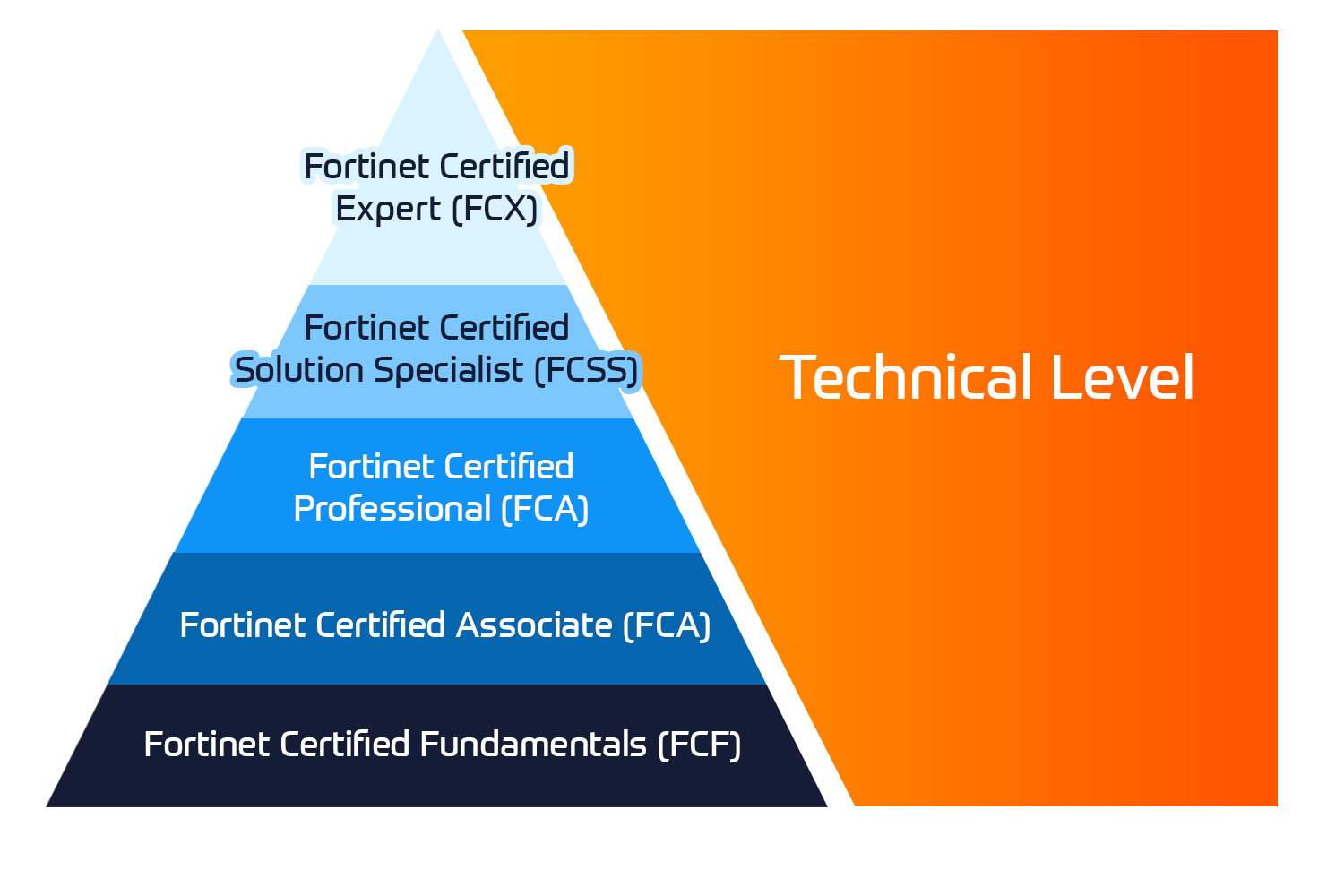


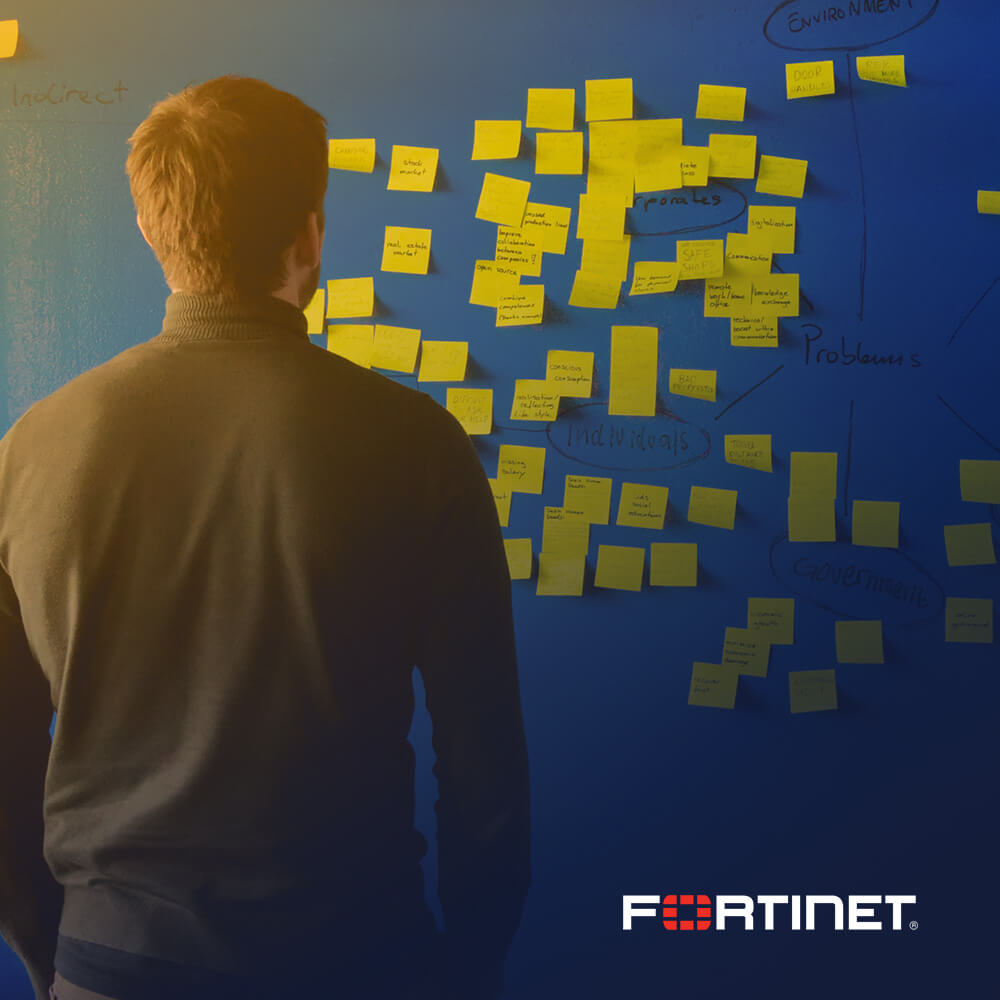
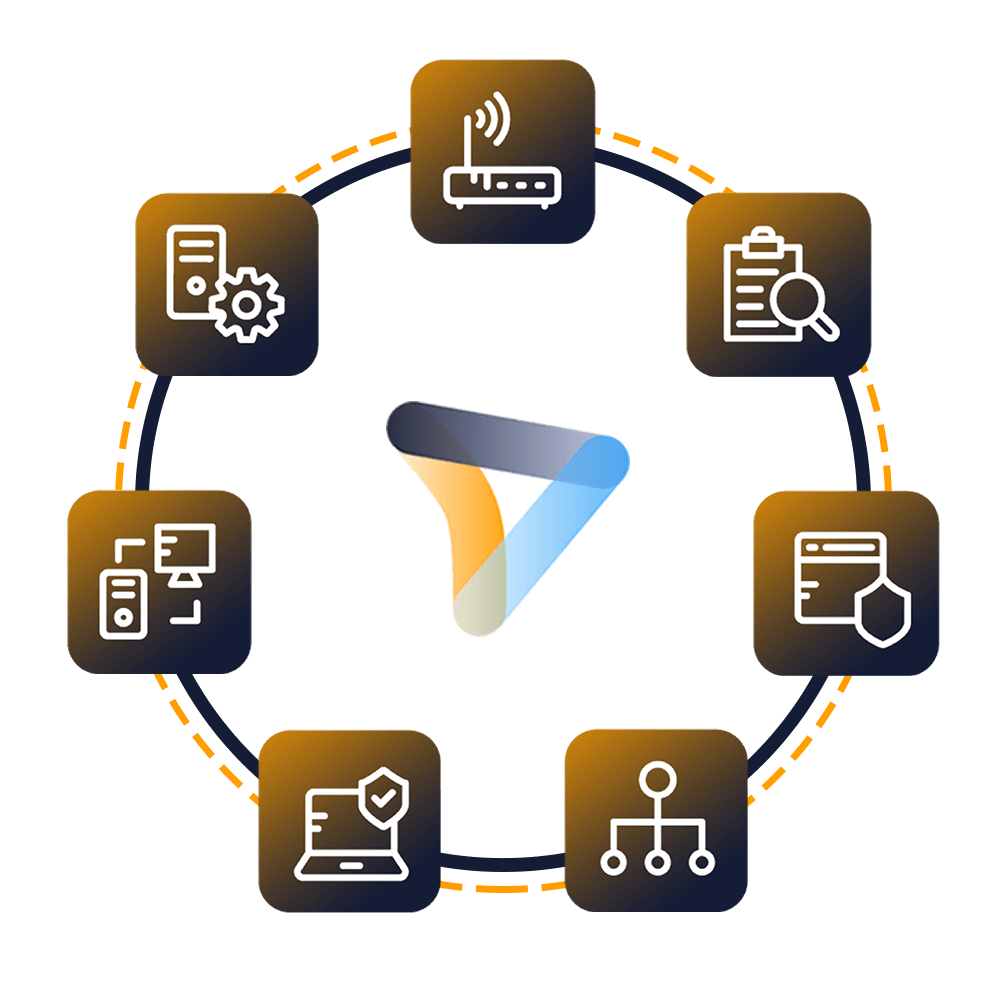




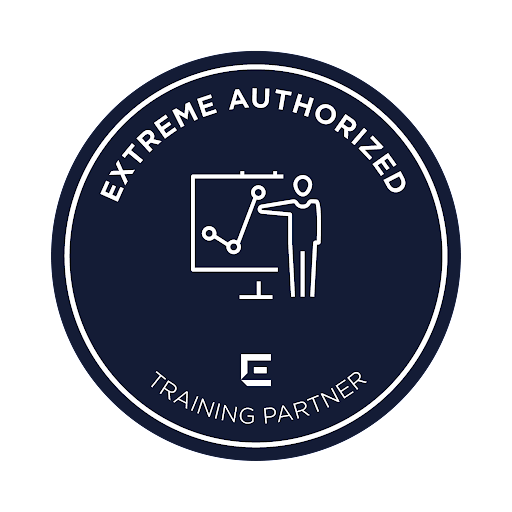






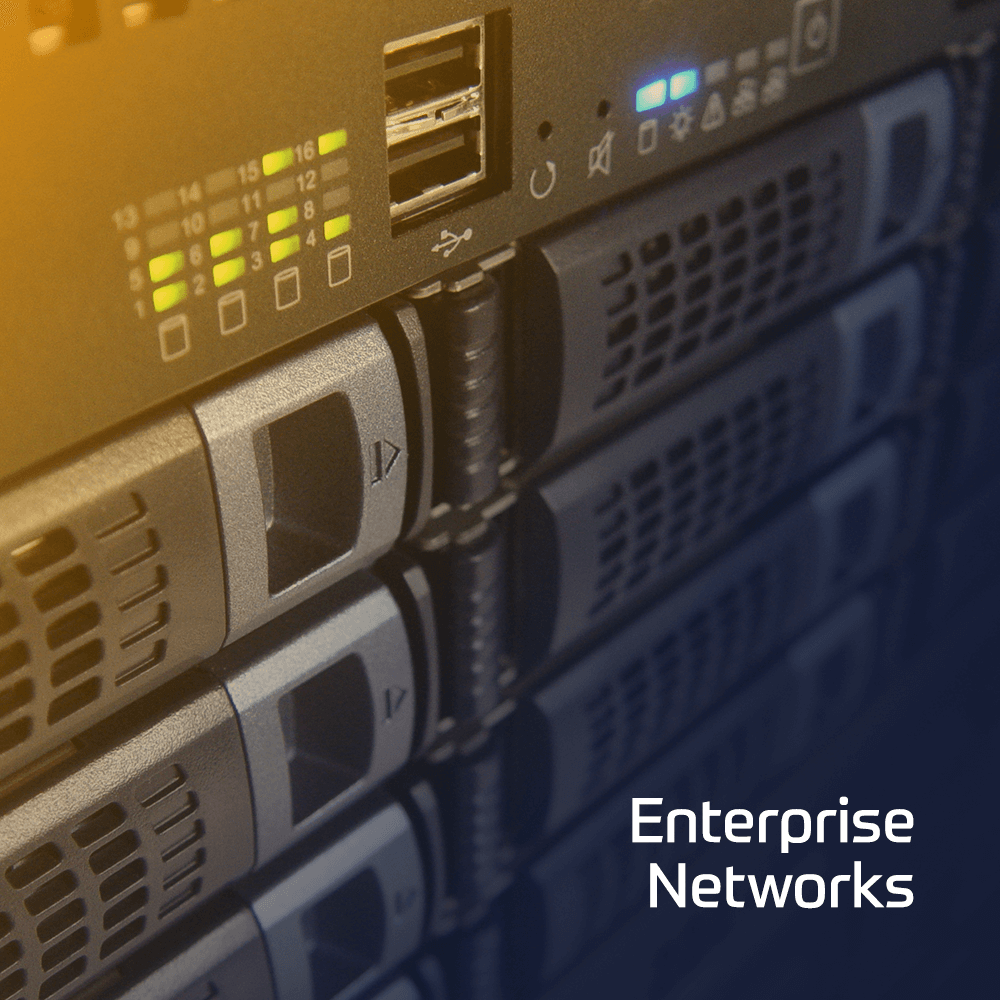
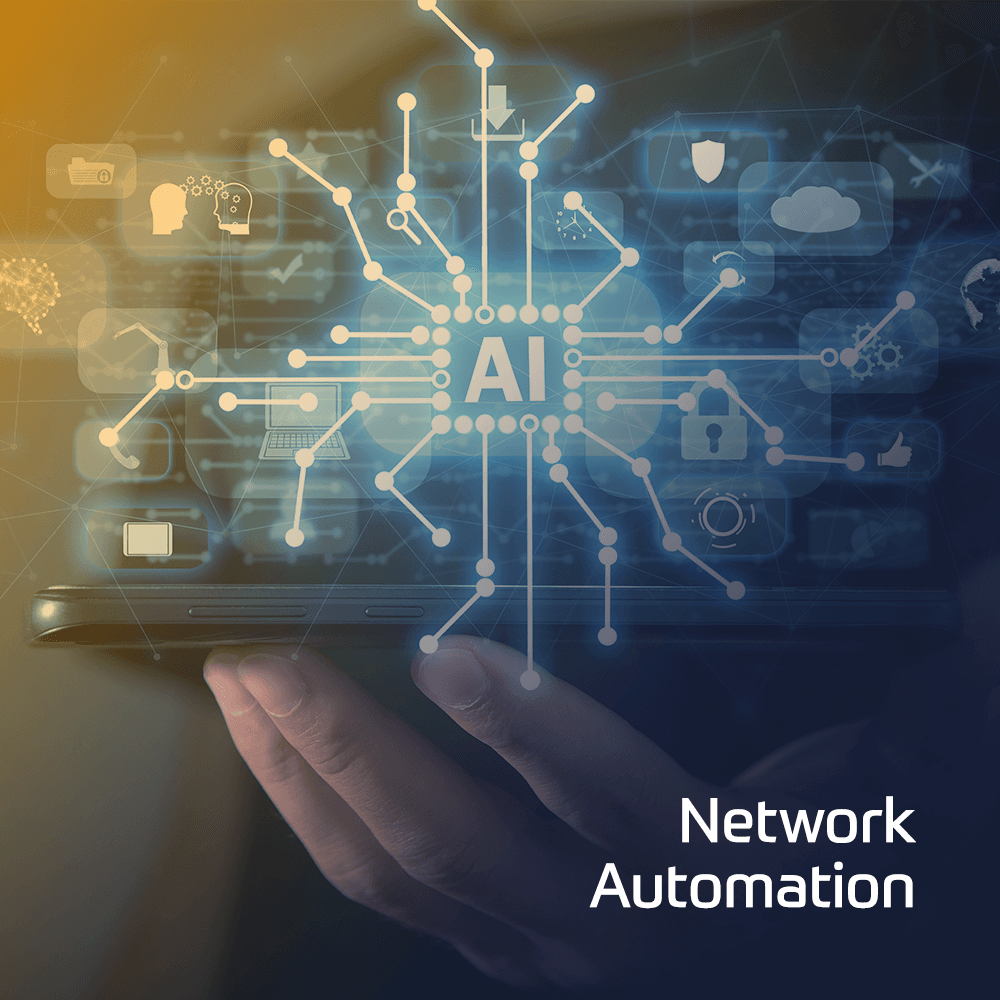
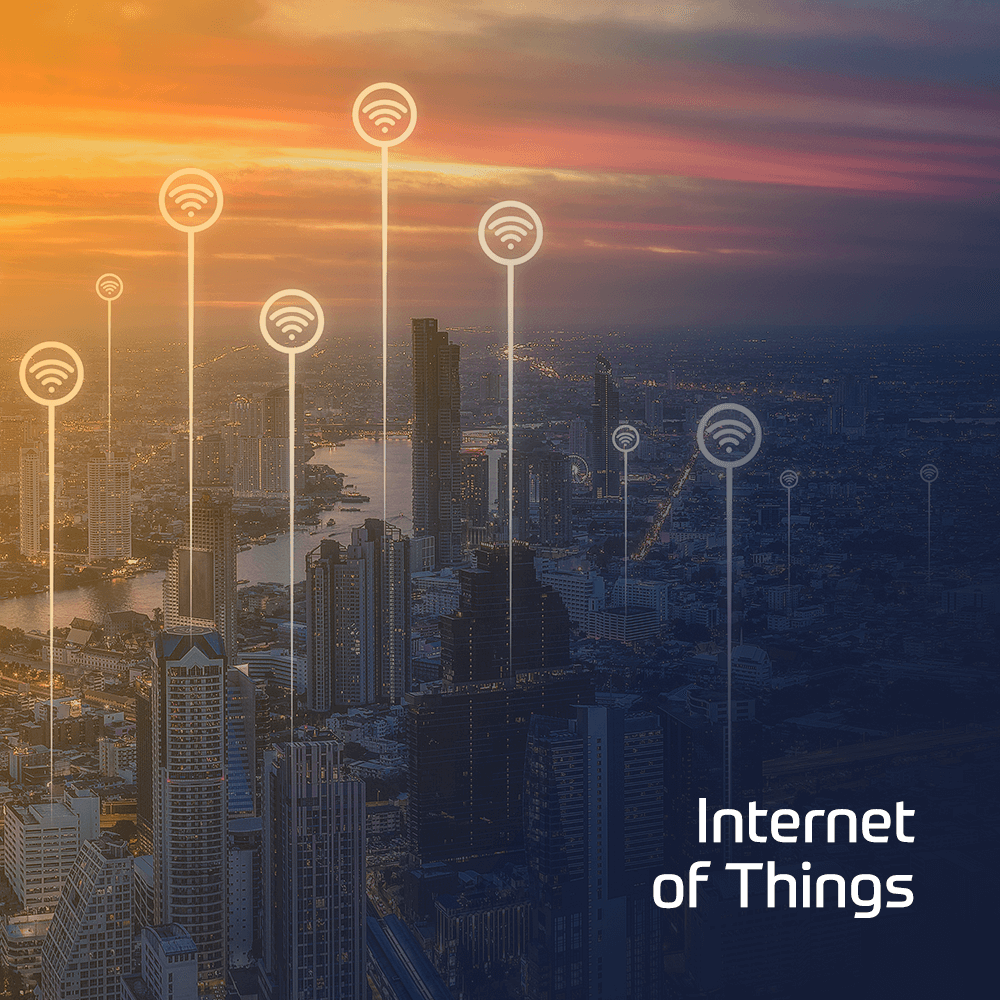
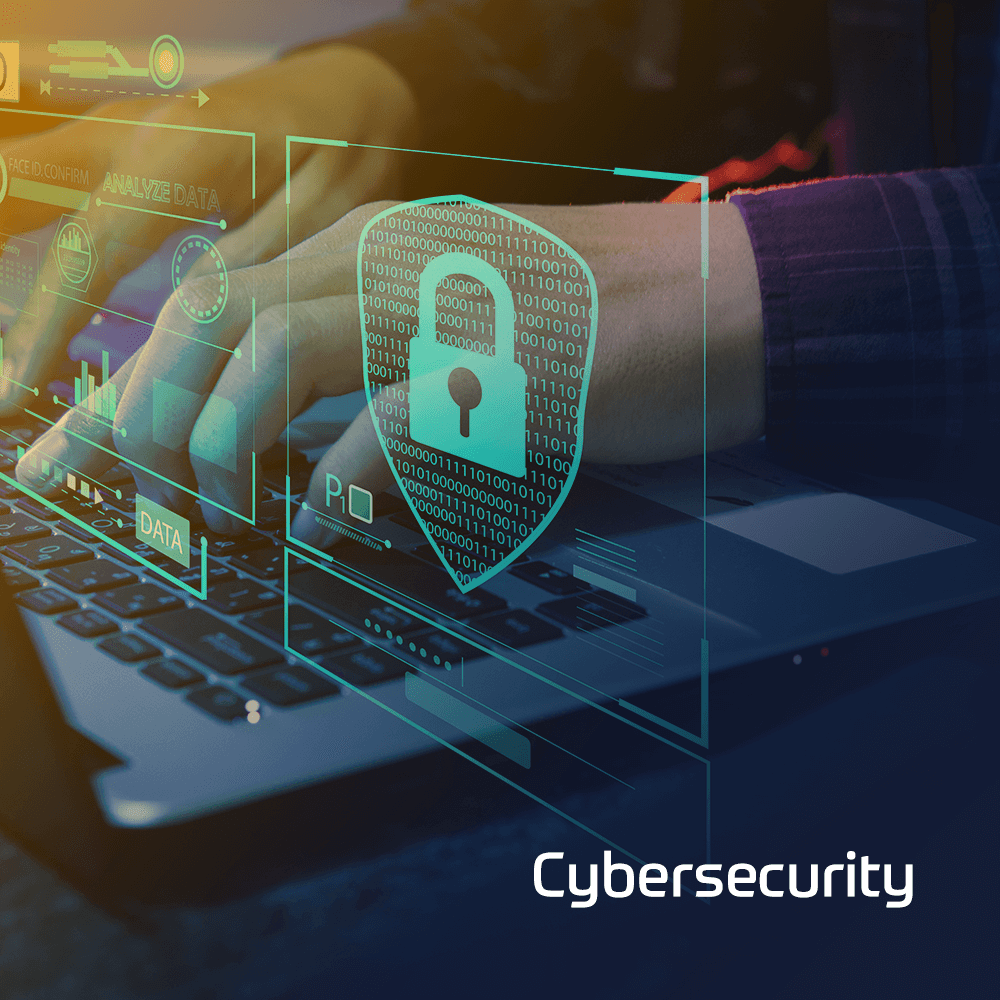


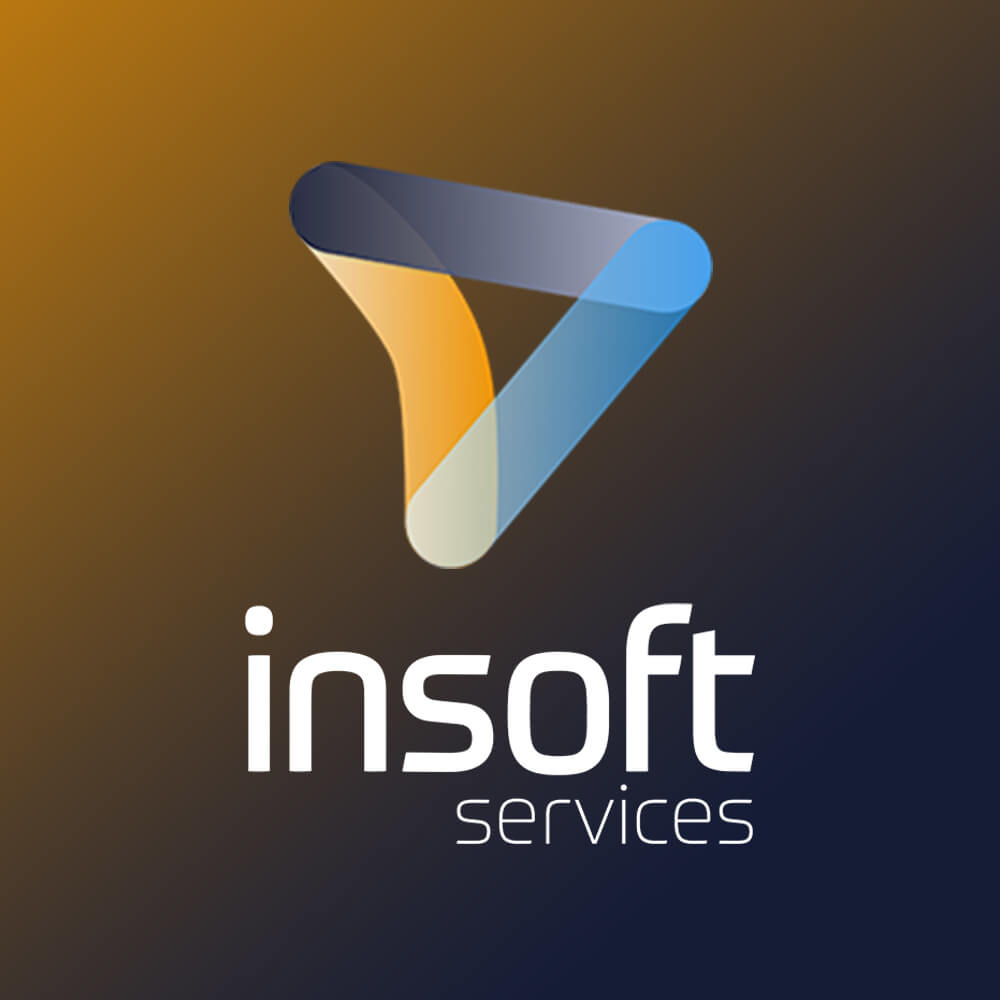

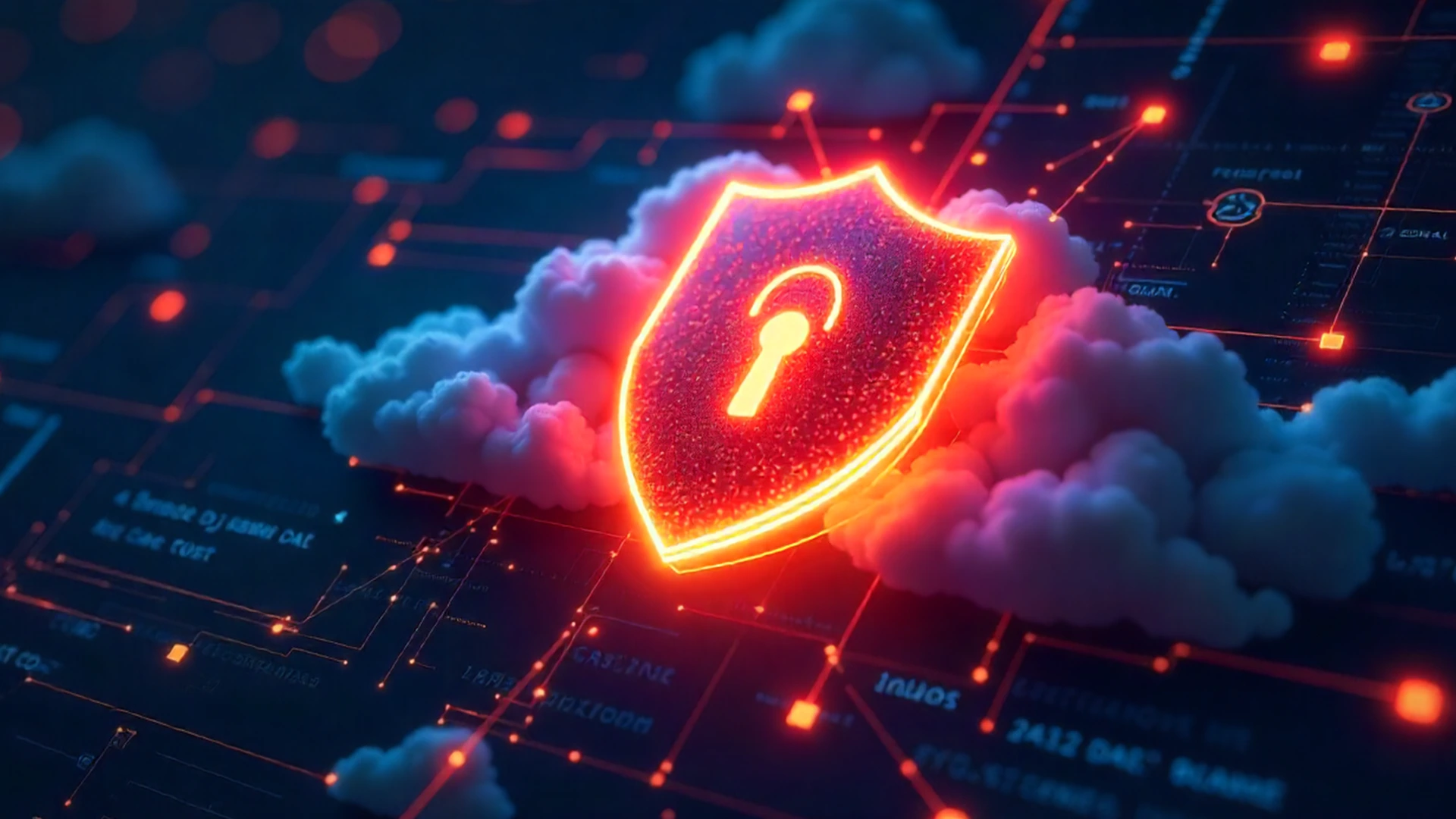
No Comments